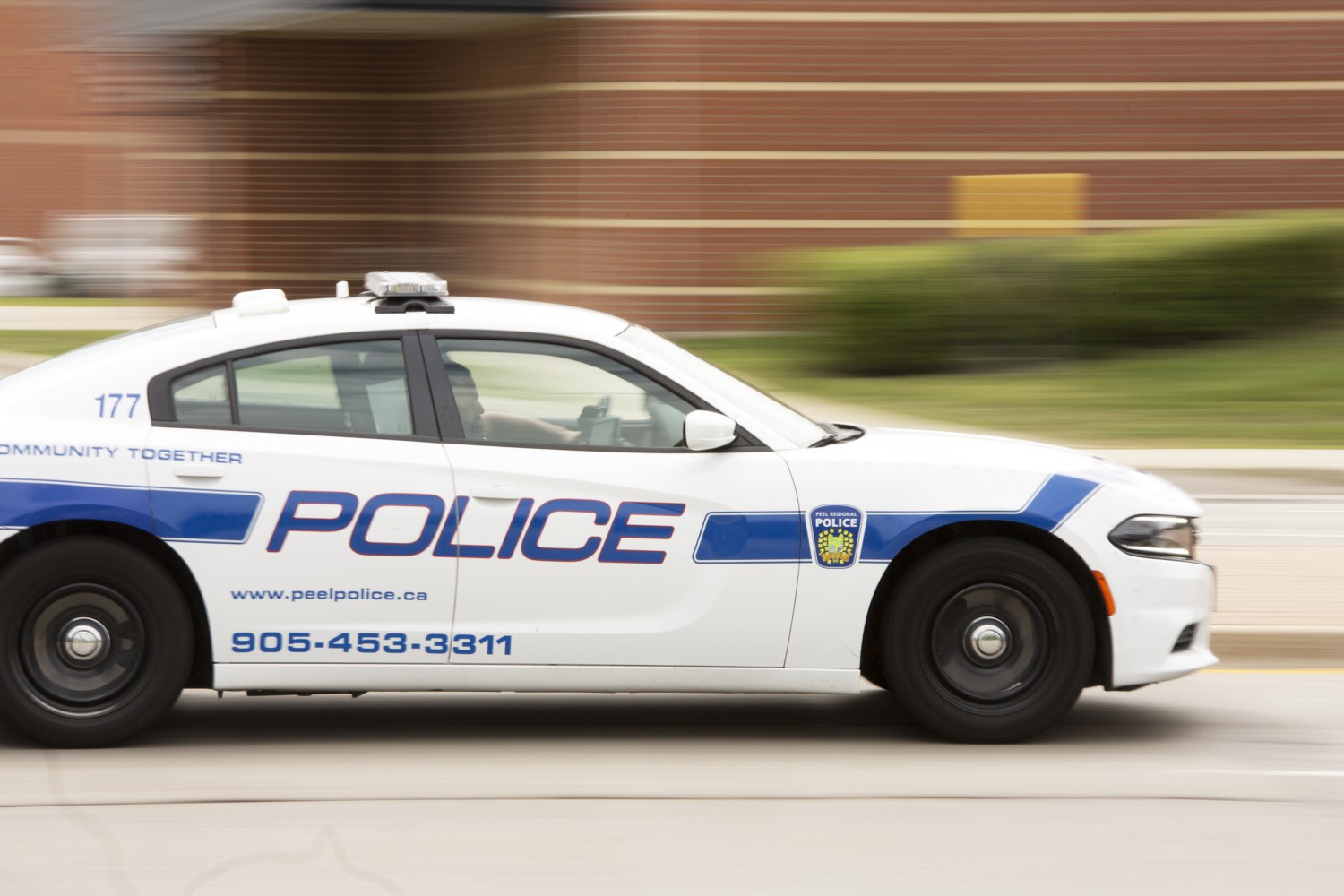
MPs silent on denied funding to combat growing youth violence in Peel
The federal government has denied funding for a project that would have allowed the Peel Regional Police to combat a growing trend of youth violence. But Brampton’s local MPs are remaining quiet on the reasons for that, despite having thrown their support behind the request.
Last summer, the Peel police applied for $3.72 million through the National Crime Prevention Strategy (NCPS), introduced by the governing Liberals, to support a three-year initiative aimed at interventions that could reduce youth violence in Peel. The region experienced a 25.3 percent increase in violent crimes among youth between 2015 and 2016, and that figure has continued to rise, increasing by nearly 10 percentage points over the past two years.
According to the NCPS website, the strategy and approved projects are geared toward “crime prevention interventions.” The money is intended to go to “strategically selected projects that contribute to preventing and reducing crime in Canada and to increasing knowledge about what works in crime prevention.”
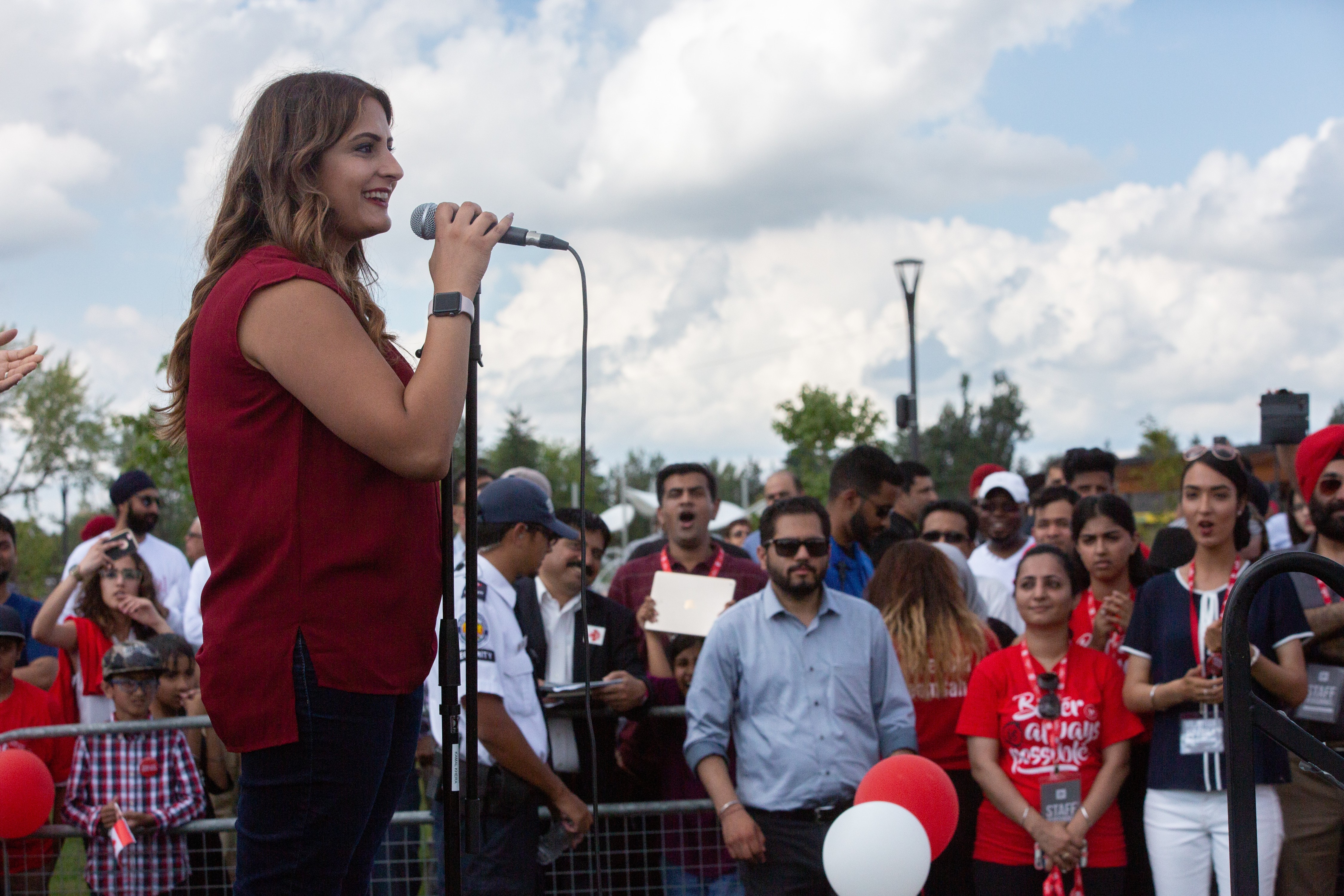
MP Kamal Khera (Brampton West-Lib)
The focus is on stopping crime before it happens, especially among young offenders.
“The Strategy is based on two premises,” according to an evaluation of the NCPS completed for the 2017/18 funding year. “The first is that well-designed interventions can positively influence behaviours that lead to crime, especially among youth. The second is that crimes can be reduced or prevented by addressing risk factors that can lead to offences.” It says that certain interventions “have been shown to reduce not only crime and victimization, but also the social and economic costs that result from criminal activities and of processing cases in the criminal justice system.”
It’s unclear why the project pitched by Peel police was turned down, as few details have been provided about the project or the reasons given for the denial.
There’s no doubt that there is a need for preventative measures in the region.
The Peel police 2018 annual report shows that while overall crime among youth has decreased slightly, representing 11.5 percent of charges laid by Peel police in 2018, down from about 14 percent in 2017, violent crimes — assault, uttering threats, sexual violations, robberies and homicides, etc. — increased 9 percent between 2017 and 2018, from 861 to 938 violations. There had been a similar increase between 2016 and 2017.
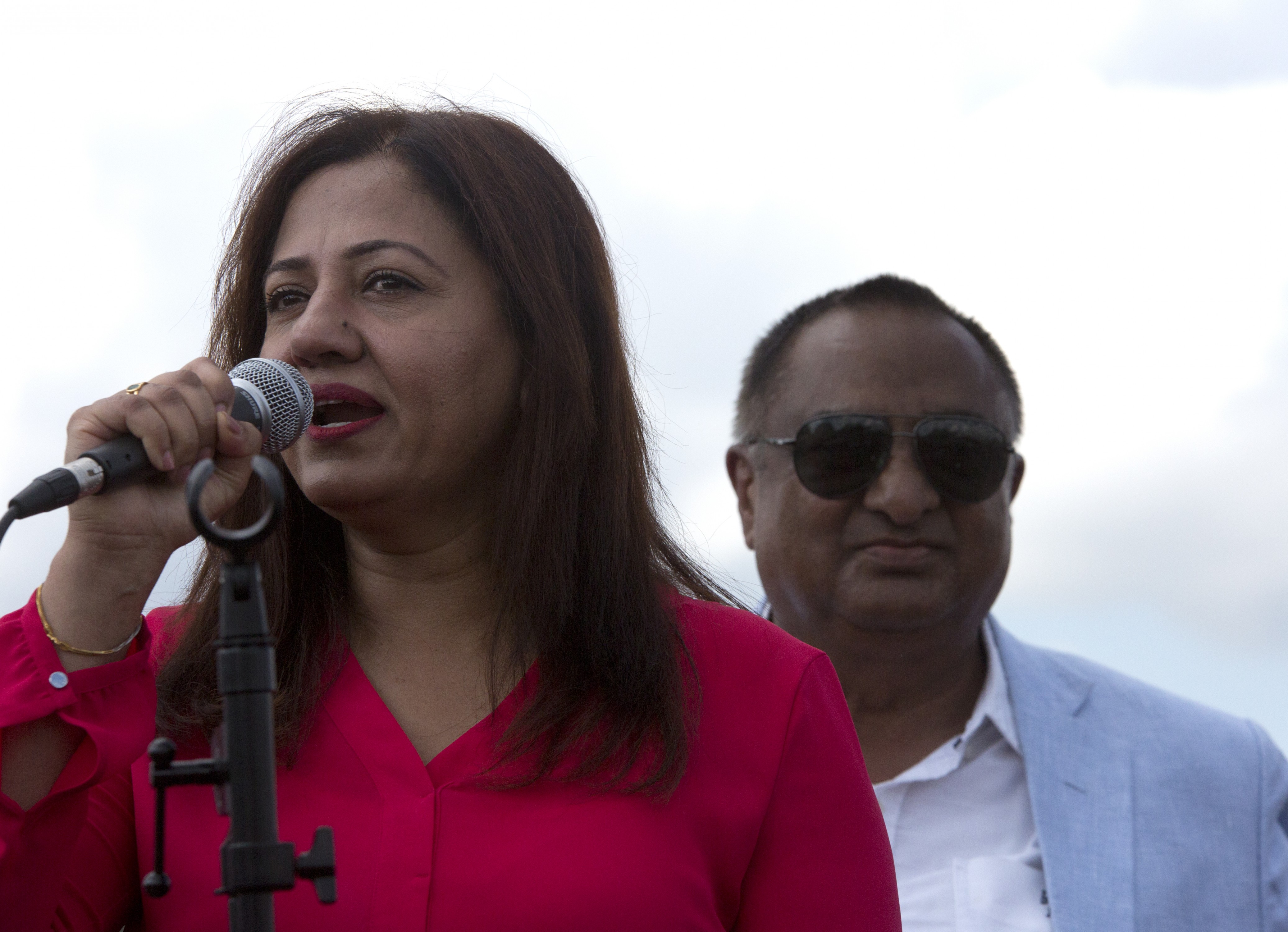
MPs Sonia Sidhu (Brampton South-Lib) and Ramesh Sangha (Brampton Centre-Lib)
The last year was a violent one in Peel Region, with a record number of violent offences. The issue dominated discourse in Brampton and Mississauga throughout the summer and led to a large increase to the Peel police budget for 2019, which provided money to hire 55 additional officers to help get a handle on the issue.
The concern among residents over violent crime swept into council chambers in both cities, with MPs visiting Brampton councillors to discuss the topic and Mississauga hosting a summit in early October 2018 to discuss crime and potential solutions. A key takeaway from that summit was that the region needed to focus more strongly on early interventions with high-risk youth, to keep them away from violence and gang crime.
It was amid this growing clamour for answers that all five of Brampton’s MPs signed their names to a letter in support of the funding request.
“Throughout the summer, we as Members of Parliament have been engaging with our constituents and listening to their feedback on issues that are important to them,” the letter begins. “We found that a recurring theme in our discussions was the rising number of reports of violent crime, especially among youth.”
“The Peel Regional Police has started to significantly feel the strain of the lack of resources, and we firmly believe that there are funding gaps that need to be addressed,” the letter continues.
Requests sent to Brampton’s MPs, four of them members of the Liberal caucus, seeking further comment on the project’s denial and whether they would be continuing to advocate for similar projects, did not receive a response by time of publication.
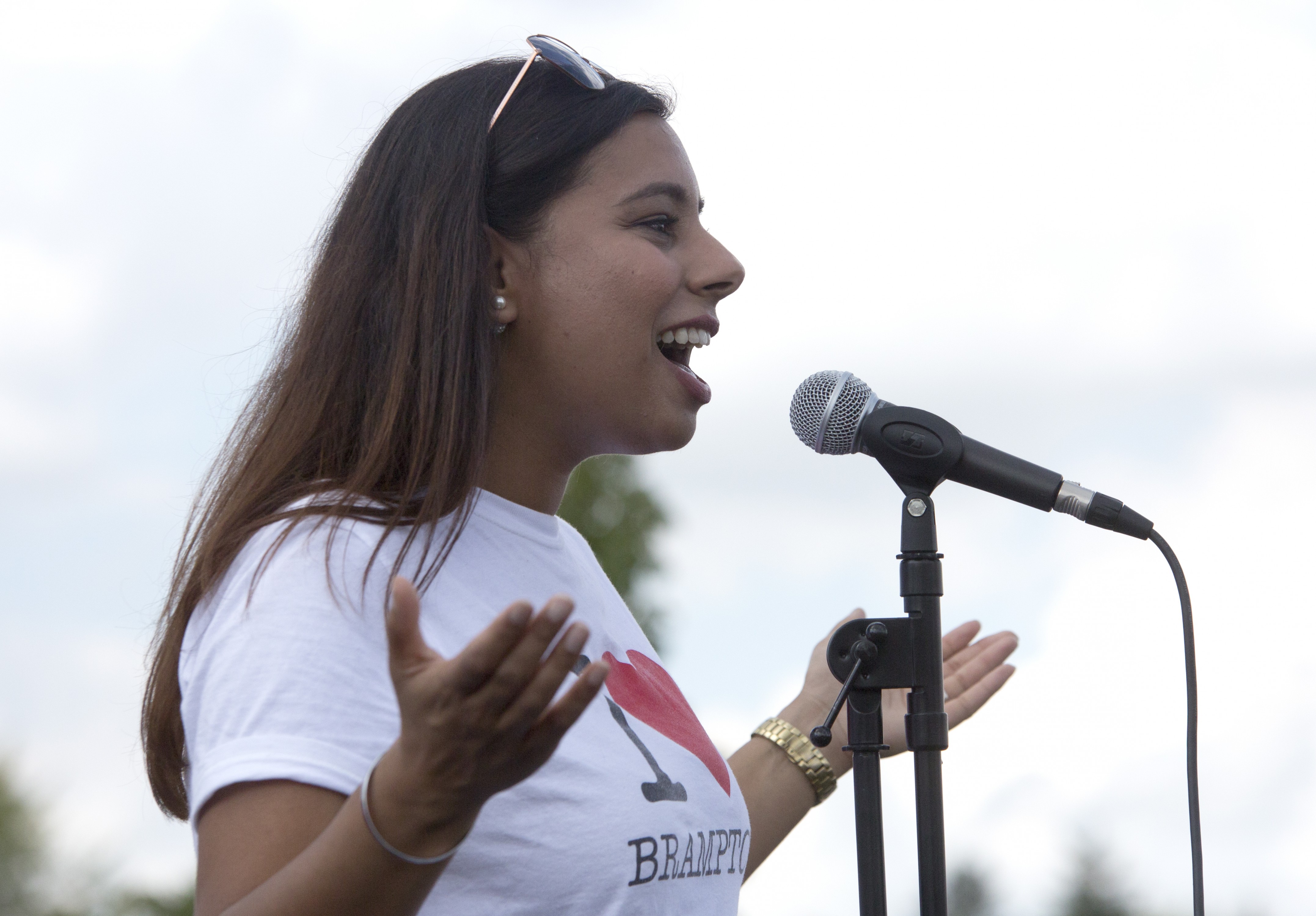
MP Ruby Sahota (Brampton North-Lib)
Public Safety Canada told The Pointer that, though the Peel police application under the NCPS was denied, there are other opportunities for the service to get the funding needed for the initiative, including Ontario’s Gun and Gang Action Fund agreement, announced in March.
“This agreement of $11 million over two years allows the province to invest in the prevention, intervention, enforcement, and prosecution of gun and gang violence in communities,” according to the federal department.
The police service hasn’t said whether it would be applying for such grants.
Meanwhile, the Peel Police Services Board has made efforts on its own to provide solid opportunities for Peel youth at risk. For the second year, the board approved a small bump in funding for the police Youth in Policing Initiative, also known as YIPI, in mid-April.
The additional $24,000 will go toward including five additional youth, many of them from marginalized communities in Peel, in the YIPI summer work-opportunity program, bringing the total to 25. The other 20 are funded through the provincial Ministry of Children and Youth Services.
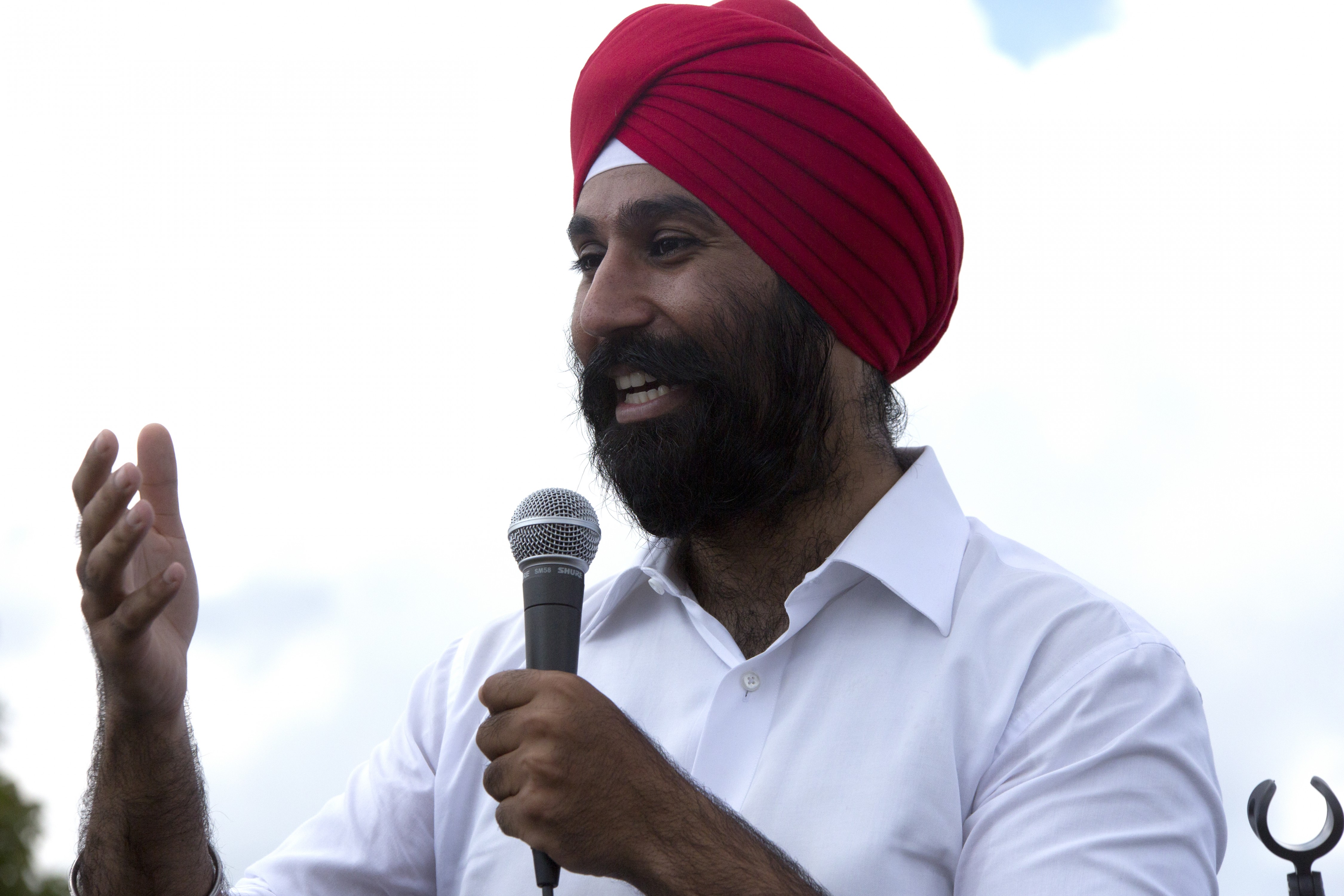
MP Raj Grewal (Brampton East-Ind)
However, a funding gap has continued to widen as police forces are left to cope with the challenge of youth violence.
Peel Region has the highest percentage of children aged 0-14 in the Greater Toronto Area. Both Brampton and Mississauga are home to about 120,000 kids within this age group, meaning that for many years to come, this will be a community with a large proportion of youth; currently, teens 15 and up are approximately 7.7 percent of the Peel population.
Funding has not kept pace with this increasing young population, or for that matter, booming growth in general across Brampton and Mississauga, which now are home to about 1.3 million people. Currently, prior to the new hires, there are about 138 police officers for every 100,000 residents in the two cities, much lower than the national average, which hovers around 188 officers per 100,000.
Email: [email protected]
Twitter: @JoeljWittnebel
Submit a correction about this story


